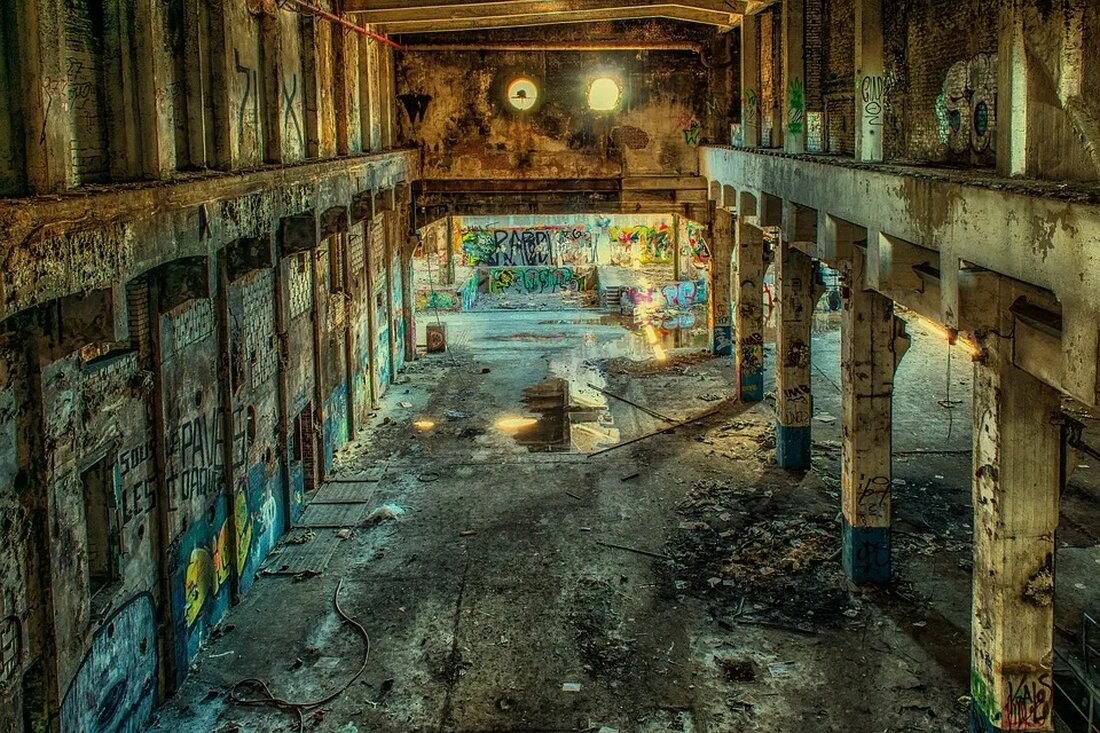Destruction of habitats and biodiversity
Earth is a diverse planet that supports a rich diversity of life in many different habitats. From the deepest seas to the highest peaks, from dense rainforests to arid deserts, the nature of our planet is stunning. However, human activity is increasingly destroying this natural beauty and diversity. The destruction of habitats puts species diversity and biodiversity at great risk. So let’s take a closer look at this global challenge. Habitat Destruction Definition Habitat destruction is a change or disruption of an ecosystem or environment that results in significant changes to living conditions. This can lead to the species that...

Destruction of habitats and biodiversity
Earth is a diverse planet that supports a rich diversity of life in many different habitats. From the deepest seas to the highest peaks, from dense rainforests to arid deserts, the nature of our planet is stunning. However, human activity is increasingly destroying this natural beauty and diversity. The destruction of habitats puts species diversity and biodiversity at great risk. So let’s take a closer look at this global challenge.
Destruction of habitats
definition
Habitat destruction is a change or disruption of an ecosystem or environment that results in significant changes in living conditions. This can lead to the extinction of the species that live in this habitat as they can no longer meet their needs.
Causes of habitat destruction
There are many causes of habitat destruction, but the main cause is human activity. This activity includes land use changes such as urbanization, deforestation, agriculture, and irrigation-related habitat loss. Other anthropogenic causes include pollution, climate change, invasive species and over-exploitation of natural resources.
Effects of habitat destruction
Habitat destruction affects biodiversity, which has significant consequences for the global ecosystem. Because species interact with each other and their environment, the loss of a single species can have a domino effect on its entire community. Additionally, healthy ecosystems are critical to many aspects of our lives, including clean air and water supplies, crop pollination, and disease control.
biodiversity
definition
Species diversity, also known as biodiversity, is the variety of life in an ecosystem or the entire earth. It includes the genetic diversity within species, the diversity of the species themselves and the diversity of the ecosystems in which they live.
Threats to biodiversity
Human activity is the main threat to biodiversity. Habitat changes, pollution, invasive species, climate change and overexploitation are some of the factors that contribute to species extinction and biodiversity loss.
The importance of biodiversity
Biodiversity is crucial for the balance in ecosystems and for them to function efficiently. Biodiversity supports vital ecosystem processes and provides ecosystem services critical to human survival, such as food, water and raw materials. In addition, biodiversity contributes to human culture, enjoyment of life, and mental and emotional health.
Connection between habitat destruction and biodiversity
Habitat destruction is closely linked to the decline in biodiversity. The conversion of natural habitats to agricultural land, cities or other human uses poses a massive threat to global biodiversity. Habitat destruction leads to habitat fragmentation, leading to isolated populations and endangering the survival of species.
Protective measures
Protected areas
Establishing protected areas is a common method of protecting habitats and their biodiversity. These areas can come in various formats, from strict nature reserves to national parks and biosphere reserves. Each of these areas offers a different level of protection depending on its goals and limitations.
Legal regulations
Legal regulations also play an important role in protecting habitats and biodiversity. Laws can include protecting species, regulating land use, and controlling pollutant emissions.
Sustainable land use
Sustainable land use practices help minimize habitat destruction and protect biodiversity. These methods may include, for example, reducing the use of pesticides, improving irrigation practices and using renewable resources.
conclusion
The destruction of habitats and the loss of biodiversity are two of the most pressing environmental problems of our time. Although the challenges are great, there are ways to reduce the negative impacts of human activities on natural habitats and the species they support. It is critical that we focus our efforts on protecting and restoring habitats and maintaining biodiversity to ensure that future generations inherit a viable and thriving Earth.

 Suche
Suche
 Mein Konto
Mein Konto
